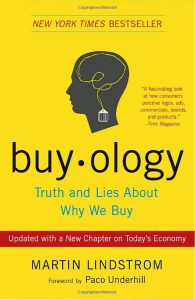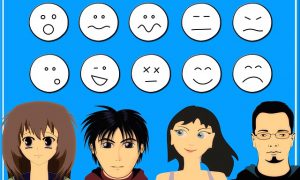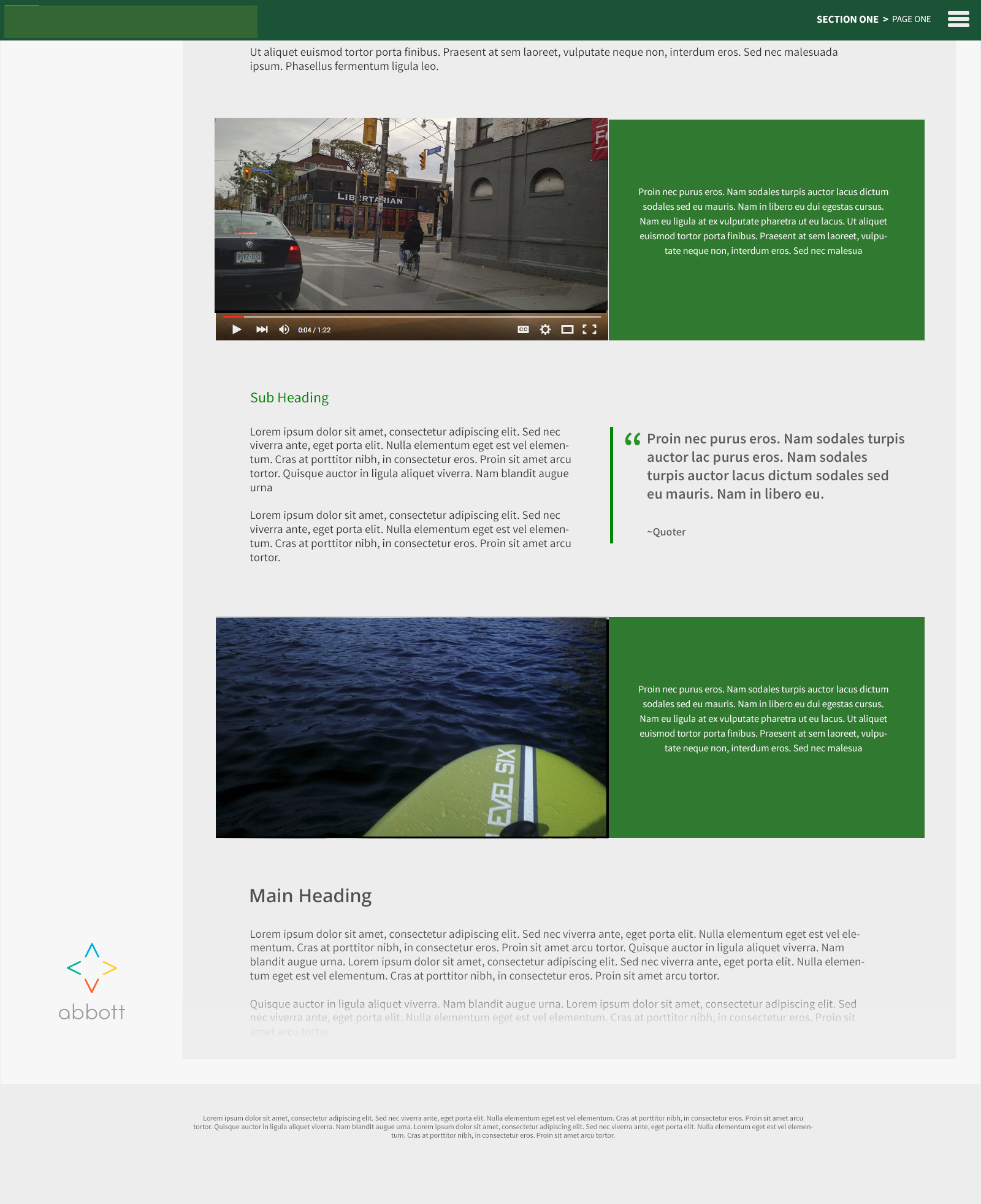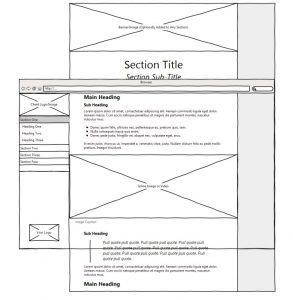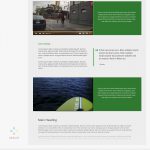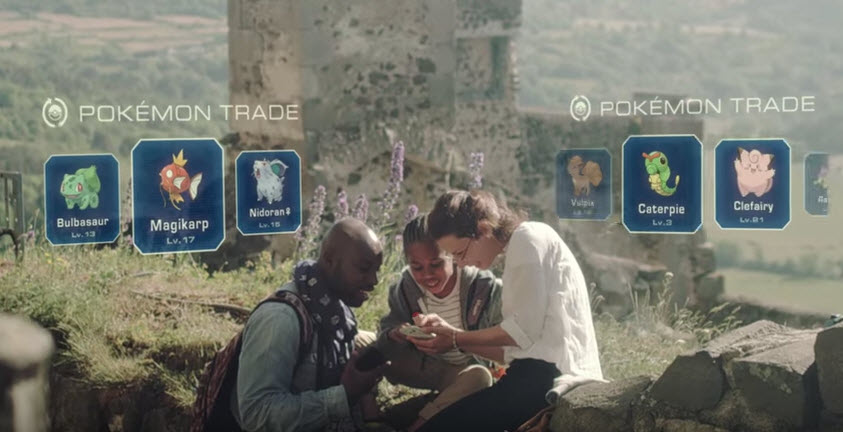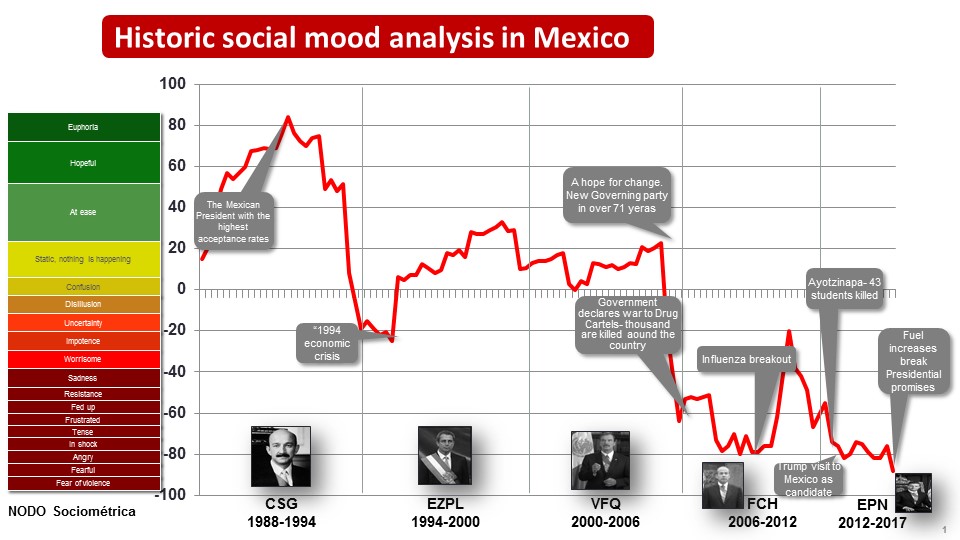Trying to draw strict borders around consciousness is like trying to stick post-it notes on the ocean.
I read this book a few months ago and thought that it would be great to share with the reader some of the most interesting cases of Neuromarketing explained in the book. It is very illustrative of some the misconceptions that still exist among brand managers when they decide to launch a product or a campaign without conducting proper market research. Buy-ology:Truth and Lies About Why We Buy, by Martin Lindstrom (Currency, 2010) talks about Neuromarketing using examples that are wonderful and very illustrative. Martin Lindstom is a Danish author and a columnist for TIME Magazine, Harvard Business Review and frequently contributes to NBC’s Today show.
Tricks Companies Use to Manipulate Our Minds and Persuade Us to Buy, is his first title written for consumers, for which Lindstrom conducted a $3 million word-of-mouth marketing experiment– inspired by the 2009 film, The Joneses – to study the effects of social influence on purchasing decisions.
Lindstrom has been involved in hundreds of Neuromarketing experiments and has used fMRI (functional Magnetic Resonance Imaging) to explain some of his theories. This type of resonance measures the magnetic properties of hemoglobin (the components of red blood cells that carry oxygen throughout the body). That is, an fMRI measures how oxygenated the blood is in the brain and can mark areas as small as 1 millimeter.
When the brain performs different activities, it demands more oxygen and glucose. So the more intensely a certain part of the brain works, the greater the oxygenated blood flow to that section. During an fMRI, that area will shine with a strong color.
By following these activated areas, neuroscientists can determine which part of the brain is working and thus identify according to brain maps what is the function of each of those areas (for example, memory, or speech, or control of emotions, or sadness, etc.)
The largest neuromarketing study ever done
It was a study in London, about smokers. All participants smoking Marlboro or Camel.
At that moment, the medical issues related to smoking implied a social cost of approximately $167 billion per year … however, cigarette makers continue inventing ‘innovative ways to kill us’. For example, Philip Morris created a ‘Marlboro Intense’: a mini-cigarette with high nicotine content and lasted only 7 puffs, to be smoked during those moments where one does not have too much time, but craves a cigarette, for example between work meetings or a short break.
Studies have shown that smoking levels seem to indicate that smokers selectively choose to be blind to the labels and messages that “smoking kills”. Are smokers braver than usual? Or secretly believe themselves immortal? Or do they realize the danger but they just don’t care?
Exactly this is what the fMRI in this study tried to answer. In 2004 the study was carried out, with a cost $7 million dollars (paid by 8 companies).
They used an fMRI and an electroencephalogram called SST (steady state typography) that measures brain waves in real time.
All the necessary measures were taken to avoid any biases and participants were carefully recruited. The questions during the study were:
- Are you affected by the warning signs that come in the packs? – A high percentage answered yes.
- Do you smoke less as a result of seeing these notices? – A high percentage answered yes.
Results from the fMRI were totally unexpected: the hazard warnings that are put on the cigarette packs front, sides and in the back did NOT have the effect of suppressing the craving for smoking. Zero!!! That is to say, that the horrible photos that we now see in all the packs, plus the millions of dollars spent on campaigns against smoking and all the regulations shared by dozens of governments and countries, are just a waste of resources and time.
But this is not all. According to the study – notices that smoking kills, causes emphysema, heart failure and other chronic conditions – actually STIMULATED the area in the brain known as nucleus accumbens, which is exactly the craving area in our brains. It is the region of the brain that is activated when the body has a craving (be it alcohol, food, drugs, sex or gambling).
In summary, the fMRI showed that the notices in the packs not only do not serve to move smokers away from cigarettes, but rather, encourage smokers to light a cigarette.
Although responding to the questions asked in the study, most participants verbally said that they are affected by the pictures and notices on the packs (maybe because they thought that this was the expected answer, or because they felt guilty) … the reality is that the participant’s brain showed a totally contradictory truth.
We all have behaviors for which we do not have a logical explanation. And this is truer than ever, because of the world we live in, full of stress, on information and technology, where there are terrorist threats, political battles, earthquakes, floods and violence.
The more stress we have, the more frightened and insecure we feel, and the more irrational our behavior tends to be. For example:
In 2005, $7.3 billion was spent on market research in the USA. In 2007 this number went up to $12 billion … and this does not include the amount spent on marketing, packaging, commercials, banners, payment to celebrities who advertise the product, etc. and that could perhaps increase the figure to $117 billion. (In 2005, 156 thousand products were launched globally, equivalent to a new product every 3 minutes)
But if these strategies still work, why do they fail 8 out of 10 products released to the market? Because what we say in a group session or survey may not correspond to the reaction we are having in some section of the brain.
Marketing of the future: more fear
Martin Lindstrom predicts that we will see more marketing based on fear. The more stress and instability we have in our lives, the more we seek a solid foundation. The more we seek stability, the more dependent we become on dopamine (routine). And the more dopamine is in our brain, the more we want to have “things”.
Maybe that’s why Bush after the 9/11 event answered the question “what should Americans do?” And he said “shop”.
Neuromarketing continues in its childhood. And although we may never find the button that orders “purchase”, it will help predict trends and preferences.
